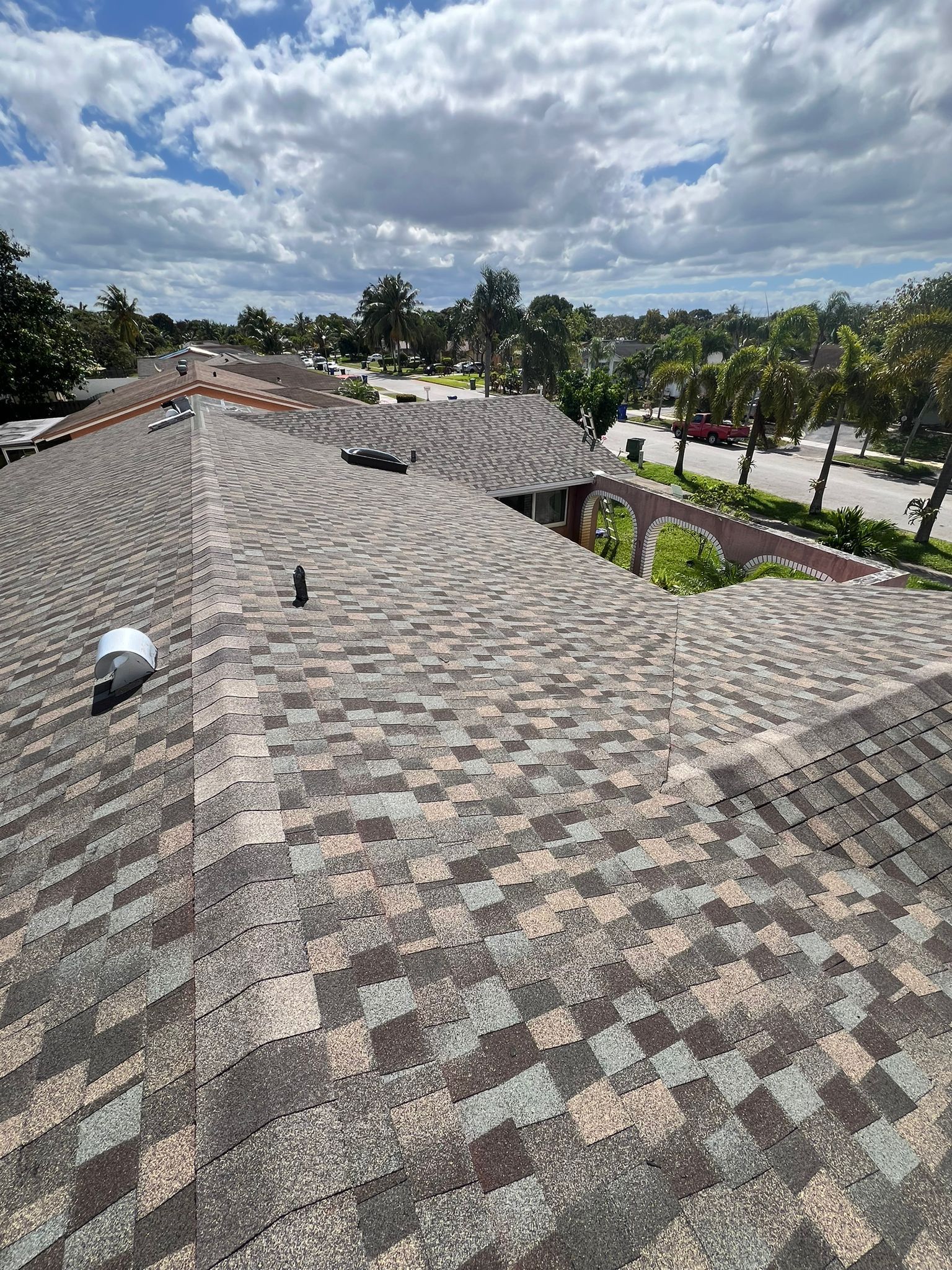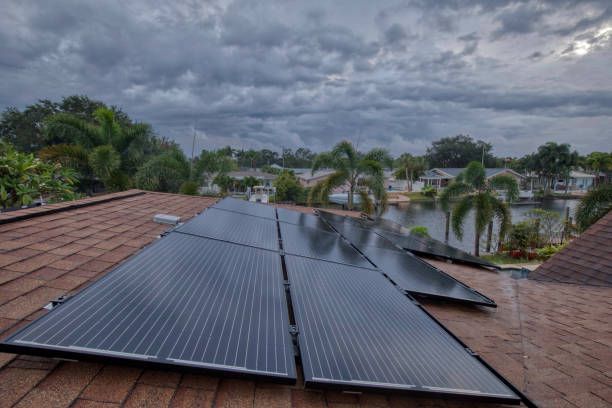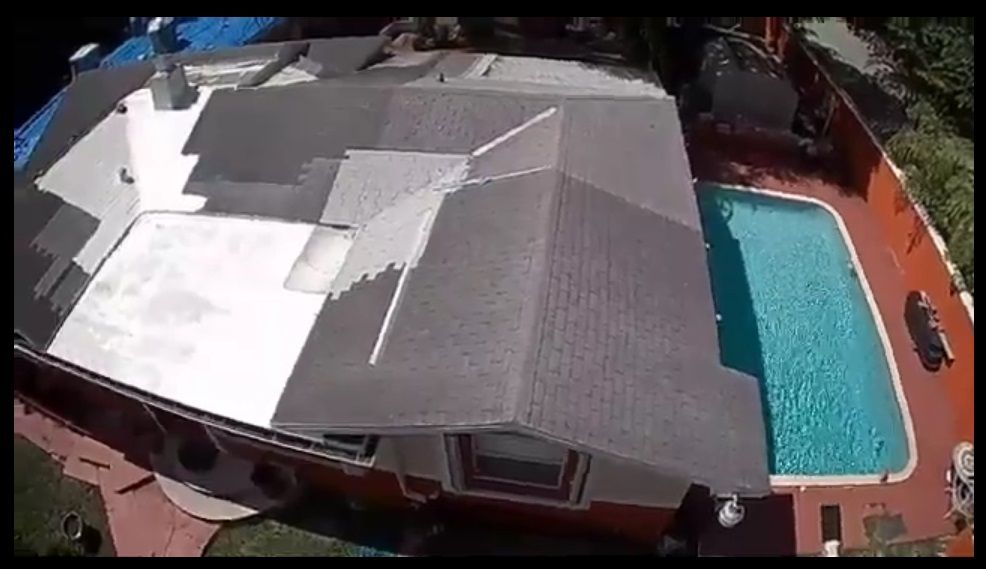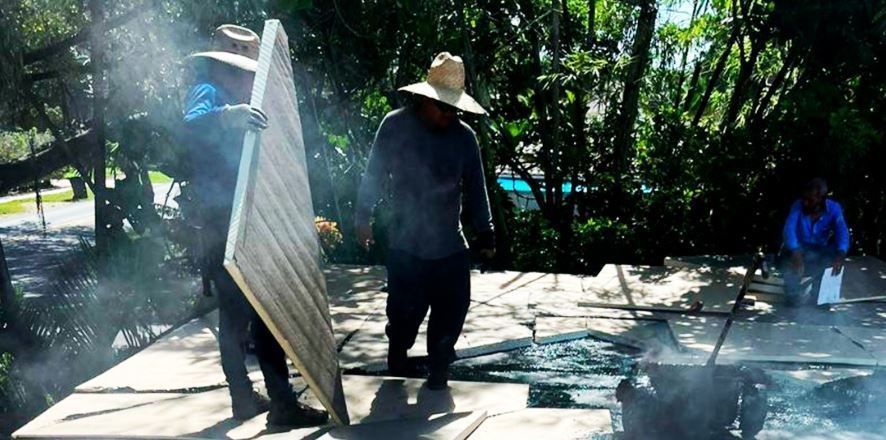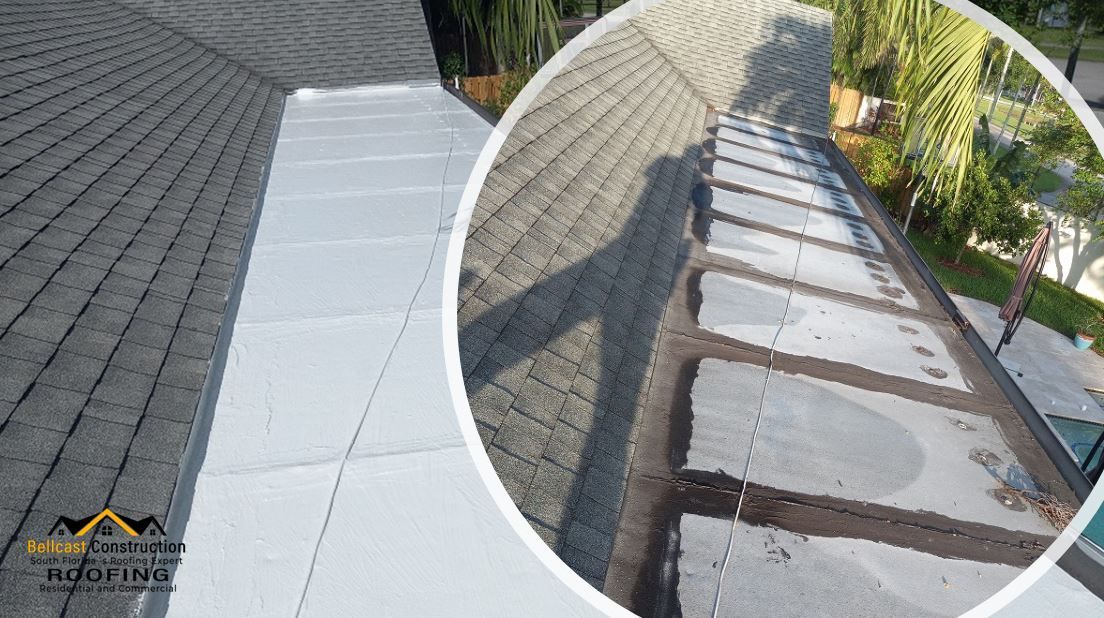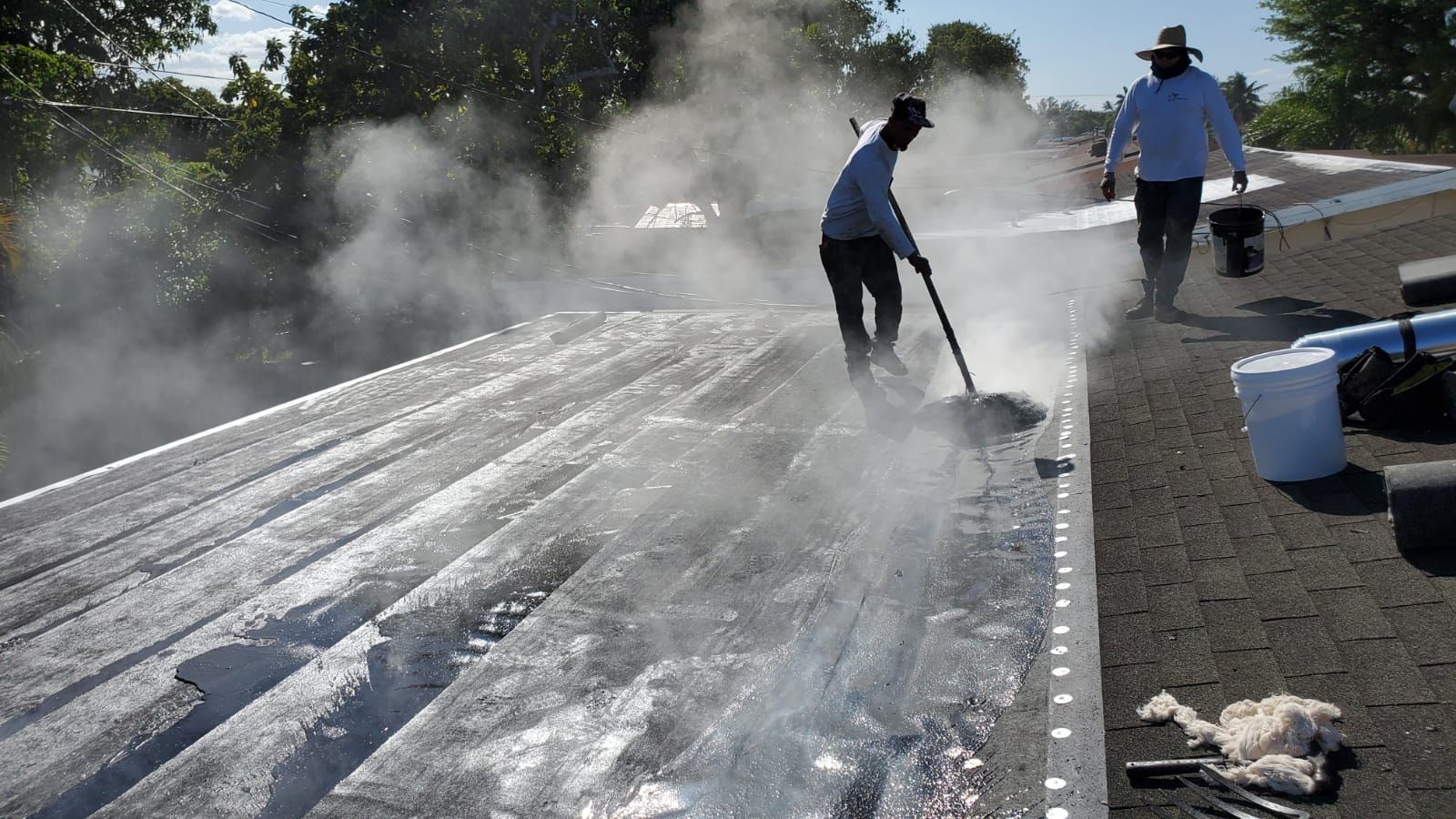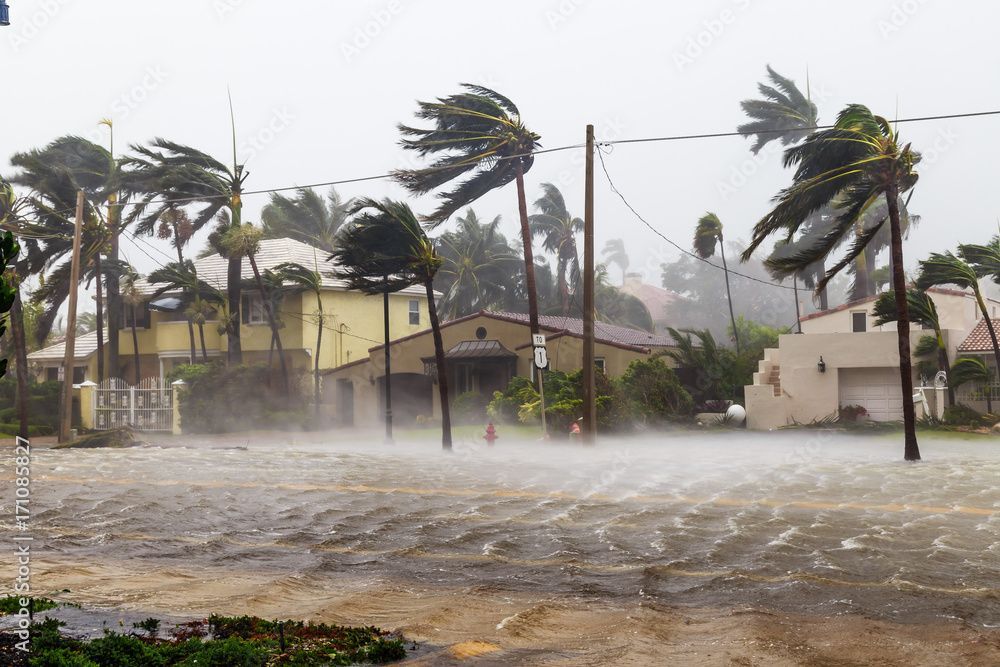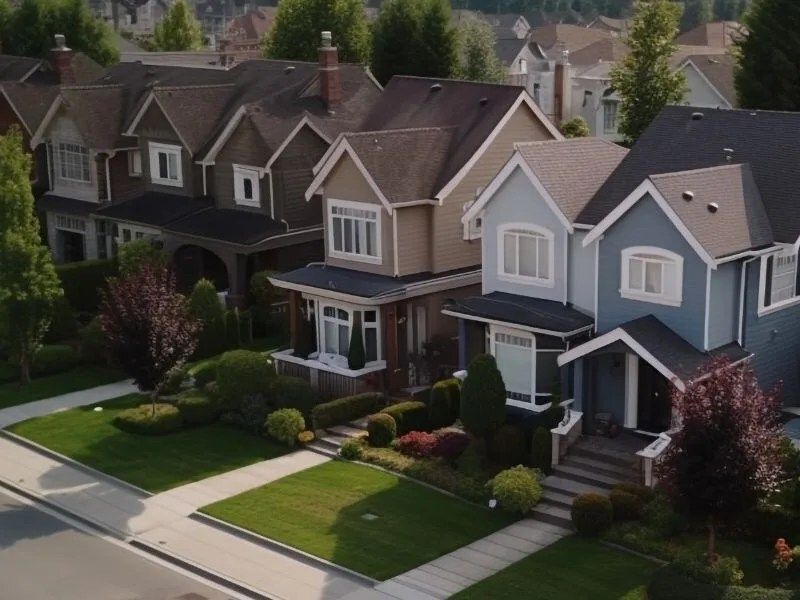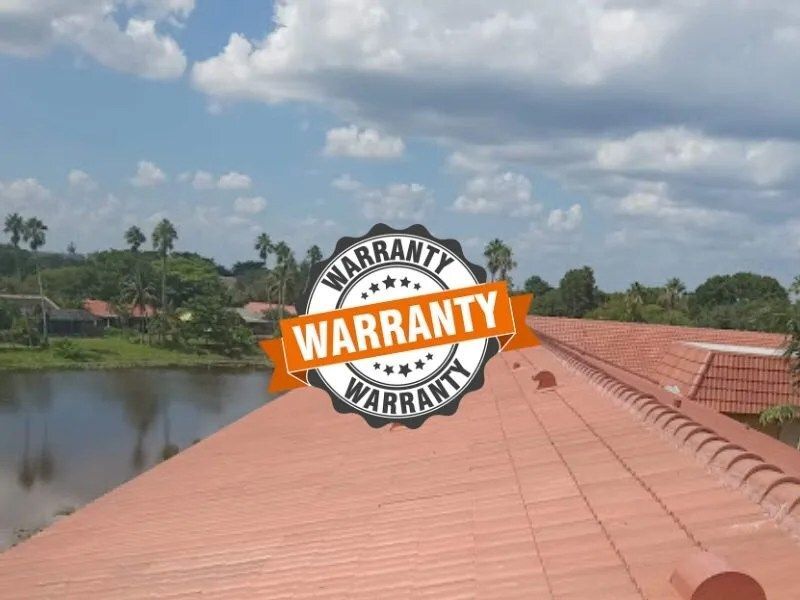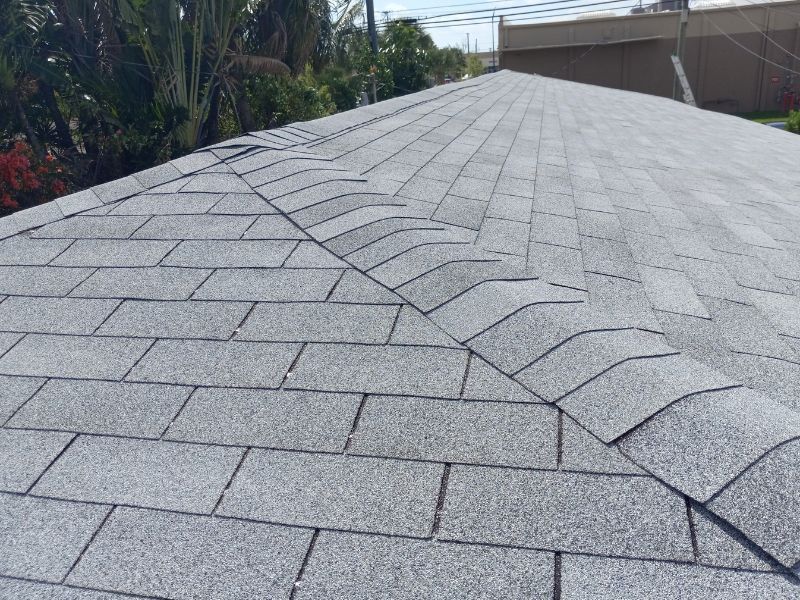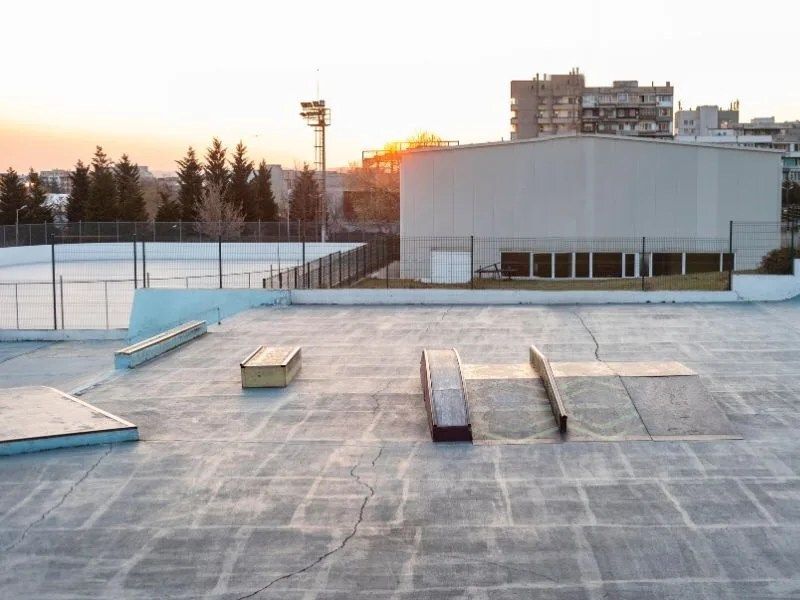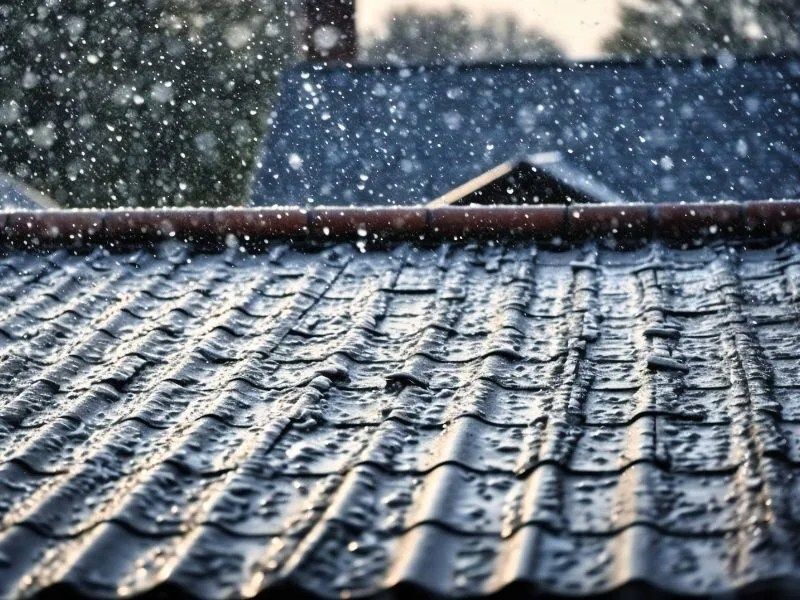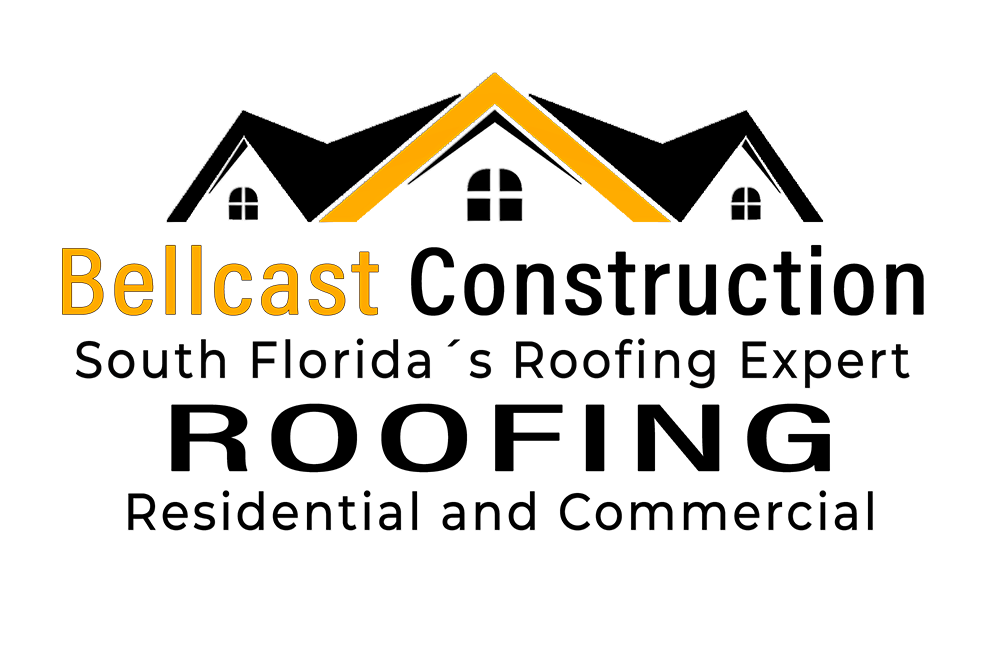27 Nov, 2023
When it comes to roofing, you want a solution that not only offers durability and longevity but also enhances the aesthetic appeal of your property. That’s where metal roofing comes into play. In this article, we will explore the numerous benefits of metal roofing. In addition, we will tell you why Bellcast Construction is the right choice for all your roofing needs . With our expertise in roof repair, waterproofing, and new roofing, combined with our deep understanding of the US market, we are here to provide you with the best solutions that will exceed your expectations. The Durability of Metal Roofing One of the reasons that have made metal roofing popular is its durability. Unlike traditional asphalt shingles or clay tiles, metal roofs can withstand extreme weather conditions, including heavy rain, strong winds, and even hailstorms. This durability is primarily due to the robustness of the materials used in metal roofing, such as steel, aluminum, or copper. By choosing metal roofing from Bellcast Construction, you can rest assured that your roof will last for decades, potentially even a lifetime. Our expert team ensures seamless installation, using high-quality materials and advanced techniques that guarantee optimal performance, even in the harshest climates. Say goodbye to frequent repairs or replacements and enjoy the peace of mind that comes with a durable metal roof. Energy Efficiency and Cost Savings In today’s environmentally conscious world, energy efficiency is a top priority for many homeowners. Metal roofing excels in this aspect, as it offers significant energy-saving benefits. According to studies conducted by the Oak Ridge National Laboratory, metal roofs can reflect solar radiant heat, reducing cooling costs during hot summer months. By choosing Bellcast Construction for your metal roofing needs, you can lower your energy consumption, leading to substantial cost savings on utility bills. The energy-efficient properties of metal roofs make them an excellent long-term investment, ensuring a comfortable living environment while also being eco-friendly. Aesthetics and Versatility Today, metal roofs are used for residential and commercial buildings without distinction. Bellcast Construction offers a wide range of metal roofing options, allowing you to choose a style and color that perfectly complements your property’s architecture and enhances its curb appeal. Whether you prefer the sleek and modern look of standing seam metal roofs or the timeless charm of metal shingles, our team will work closely with you to create a roofing solution that matches your vision. With metal roofing from Bellcast Construction, you not only get durability and energy efficiency but also a roof that adds value and beauty to your property. Fire Resistance and Safety One of the often-overlooked advantages of metal roofing is its exceptional fire resistance. Unlike traditional roofing materials, such as asphalt or wood, metal roofs are non-combustible. This property provides an added layer of safety and protection for your home or business. In areas prone to wildfires or lightning strikes, a metal roof can be a lifesaver, preventing the spread of fire and minimizing damage. At Bellcast Construction, we prioritize the safety of our customers. Our metal roofing solutions not only meet the highest industry standards but also exceed them. By choosing us, you are choosing a team that values your well-being and strives to provide you with roofing options that prioritize safety and protection. Environmentally Friendly and Sustainable Sustainability is a growing concern for many homeowners. If you are looking for an environmentally friendly roofing solution, metal roofing should be at the top of your list. You should know that metal roofing is highly recyclable and can be manufactured with a significant percentage of recycled materials. Choosing metal roofing from Bellcast Construction means you are not only making an eco-conscious decision but also contributing to the reduction of landfill waste. Furthermore, metal roofs have a longer lifespan compared to traditional roofing materials, reducing the overall environmental impact. With minimal maintenance requirements and the ability to withstand the test of time, metal roofing is the sustainable choice that will benefit both you and the planet. Frequently Asked Questions Are metal roofs more expensive than traditional roofing materials? While the initial cost of metal roofing may be higher, its long lifespan and energy-saving properties make it a cost-effective investment in the long run. Plus, with Bellcast Construction’s competitive pricing, you can enjoy the benefits of metal roofing without breaking the bank. Can metal roofs withstand severe weather conditions such as hurricanes or heavy snow? Absolutely! Metal roofs are built to withstand extreme weather conditions, including hurricanes, heavy snow, and high winds. Our expert installation ensures that your roof is securely fastened, providing the utmost protection for your property. Do metal roofs make a lot of noise during rain or hailstorms? Metal roofs have long been associated with the perception that they are noisier during rain or hailstorms compared to other roofing materials. However, this is largely a misconception. When properly installed with an underlayment, metal roofs do not generate excessive noise during precipitation events. The underlayment acts as a sound barrier, reducing the noise level significantly. Additionally, the natural insulation provided by the attic space further dampens any sound, creating a peaceful indoor environment during storms. Modern construction techniques and insulation materials have further enhanced the ability of metal roofs to mitigate noise disturbance. It is important to note that the noise level experienced during rainfall or hailstorms is also dependent on various factors such as the roof pitch, the presence of insulation, and the type of ceiling or attic insulation. Homeowners can also opt for additional acoustic insulation options to further reduce noise levels, if desired. Are metal roofs energy-efficient? Undoubtedly, metal roofs are recognized for their exceptional energy efficiency. They have the ability to reflect solar radiation, minimizing heat absorption and reducing cooling costs during hot summer months. This reflective property is particularly beneficial in warmer climates, where it aids in maintaining a comfortable indoor temperature. Moreover, many metal roofing systems incorporate advanced coating technologies that enhance their energy efficiency. These coatings help to prevent heat transfer into the home, reducing the strain on air conditioning systems and potentially lowering energy bills. When properly ventilated, metal roofs also facilitate air circulation, preventing heat buildup in the attic space. This ventilation helps to regulate indoor temperatures and can contribute to energy savings throughout the year. What is the maintenance required for a metal roof? One of the significant advantages of metal roofs is their low maintenance requirements. Unlike traditional roofing materials prone to warping, cracking, or rotting, metal roofs are designed to withstand various weather conditions and last for several decades. Routine maintenance for metal roofs primarily involves inspecting gutters and rainwater management systems to ensure proper drainage. Clearing debris, such as leaves or twigs, from the roof’s surface and gutters is essential to prevent potential water backup that may damage the roof over time. It is also recommended to inspect metal roofs after extreme weather events, such as hailstorms, for any signs of damage. While metal roofs are highly durable, severe hailstorms can cause denting in certain cases. Prompt repair or replacement of any damaged panels can help maintain the roof’s structural integrity and prevent leaks. Regular inspections and proper maintenance will significantly prolong the lifespan of a metal roof, ensuring it continues to provide reliable protection for your home for many years to come.
